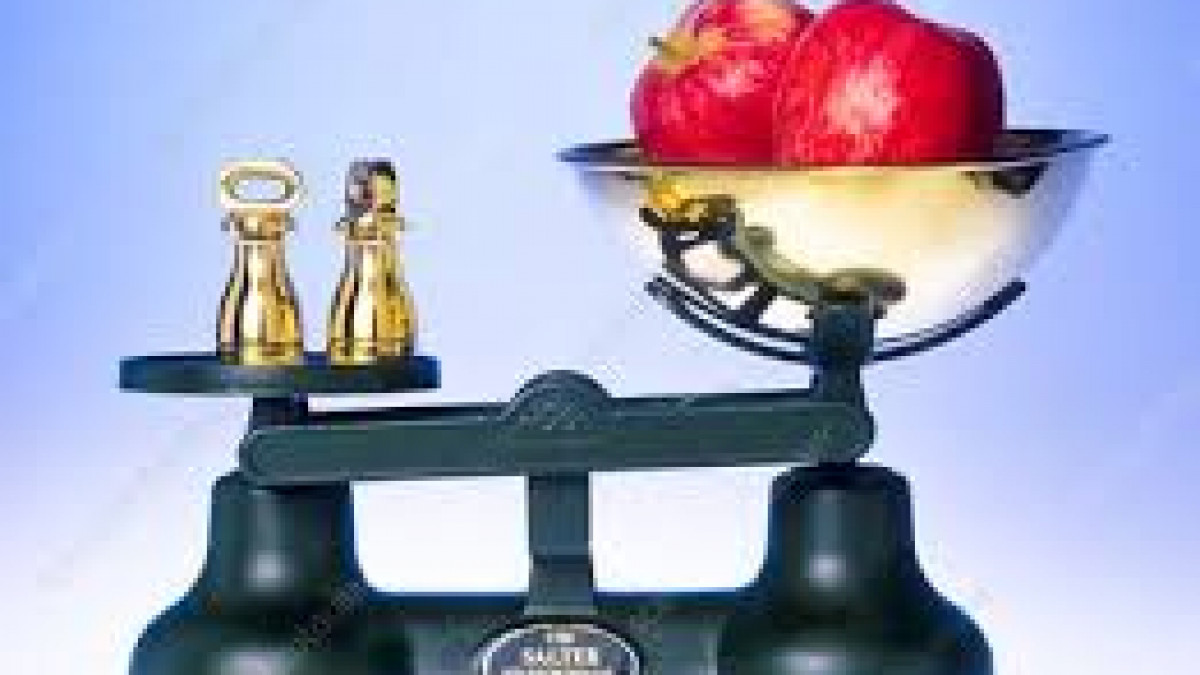Baking with preschoolers | Measuring

Baking with kids is a wonderful way to bond and teach them some important skills, such as measuring ingredients accurately.
Are you excited to get your hands messy and whip up some scrumptious goodies with your little ones.
Are you aware that when you bake with your little ones, you aren’t just baking
Children get way more from baking than delicious biscuits.
When baking, if you can involve your child in the measuring of ingredients you will be introducing them to maths and science in a very easy way.
Now, I know that measuring can seem like a tedious task, believe me-some weeks I can measure over 20kgs of separate ingredients!- but it's actually crucial for producing consistent and delicious results. Baking is a science, and the ratios of ingredients need to be precise for the recipe to work properly. That being said, I deliberately choose recipes that are forgiving where quantities are concerned.
Measuring ingredients also requires attention to detail and patience. These are important life skills that children can carry with them throughout their lives. By encouraging them to measure carefully and attentively, you're helping them develop good habits that they can apply to other areas of their lives.
It takes patience to measure out the correct volume of flour. In class we use a set of balance scales as we don’t need to worry about children knowing their numbers. They just need to look at the scales balancing. Then adding a little more if you don’t have enough. Subtracting a little if you have added too much.
Using balance scales with young children can be a fun and engaging way to introduce them to the concept of weight and measurement. Not only does it teach children about the basic principles of math and science, but it also helps them develop fine motor skills, hand-eye coordination, and problem-solving abilities.
When introducing balance scales to young children, it's important to start with simple concepts and materials. For example, you can use familiar objects such as blocks, toys, or fruits, and have your child compare the weights of two items by placing them on opposite sides of the scale. Encourage your child to observe how the scale tips and to describe what they see.
As your child becomes more familiar with the scales, you can introduce more complex concepts such as comparing the weights of multiple objects or finding the weight of an object in relation to a known weight. You can also incorporate language and literacy skills by having your child describe the weight of objects using descriptive words such as "heavy" or "light."
Here are some tips for using balance scales with young children:
- Start with simple materials - Begin by using materials that are familiar to your child and easy to handle. Blocks, toys, and fruits are all great options.
- Encourage observation - Ask your child to observe how the scale tips and describe what they see. Encourage them to use descriptive words such as "up" or "down" to describe the movement.
- Use descriptive language - Incorporate language and literacy skills by having your child describe the weight of objects using descriptive words such as "heavy" or "light."
- Make it fun - Use a variety of materials and challenges to keep your child engaged and interested. For example, you can have them balance objects of different sizes or try to find the weight of an object in relation to a known weight. Which ways more, their teddy or a tin of beans?
- Emphasize teamwork - Encourage your child to work with a partner or group to solve challenges and compare weights. This helps them develop social skills and cooperation abilities.
Overall, using balance scales with young children is a great way to introduce them to the concepts of weight and measurement. It's important to start with simple materials and concepts and to make it fun and engaging for your child. With a little practice, your child will develop a deeper understanding of math and science and develop important skills that will benefit them in the future
So, what are you waiting for? Grab your aprons, ingredients and scales, preheat your ovens, and let's get measuring and baking!
Categories: : Baking with children, Learning through cooking
 Maria Rix
Maria Rix 